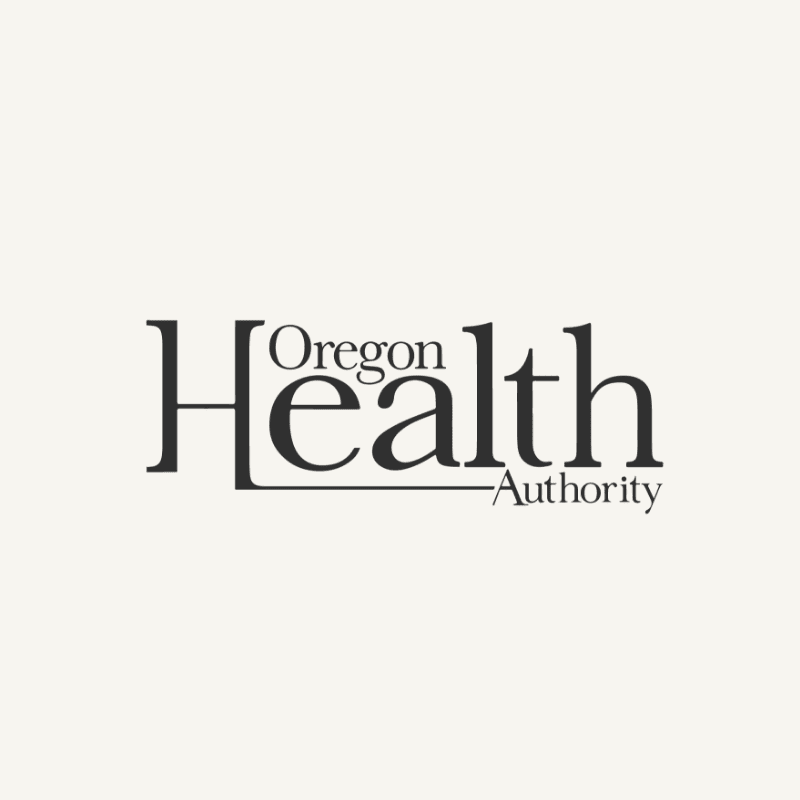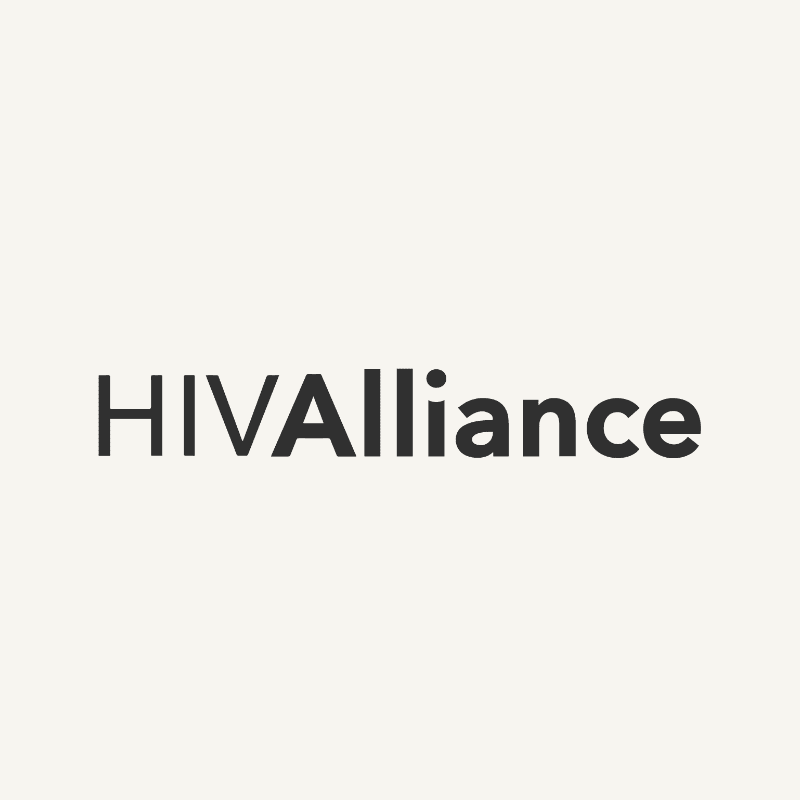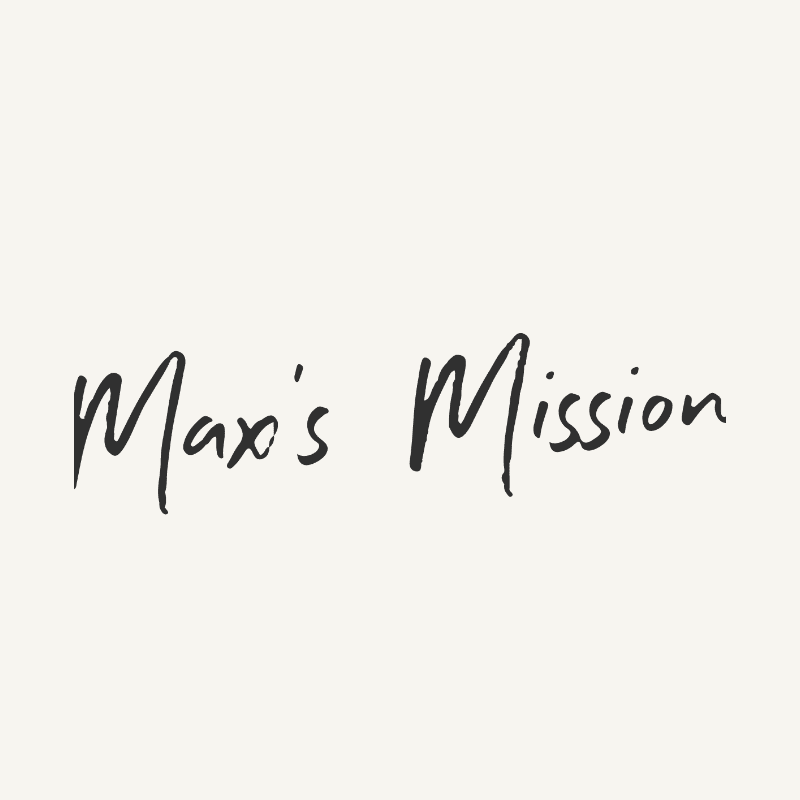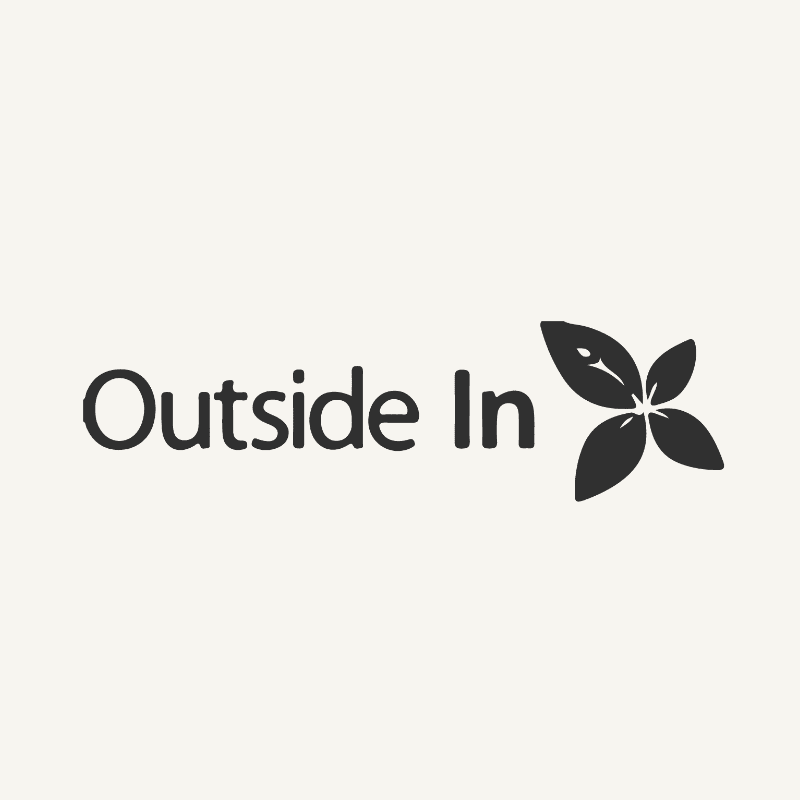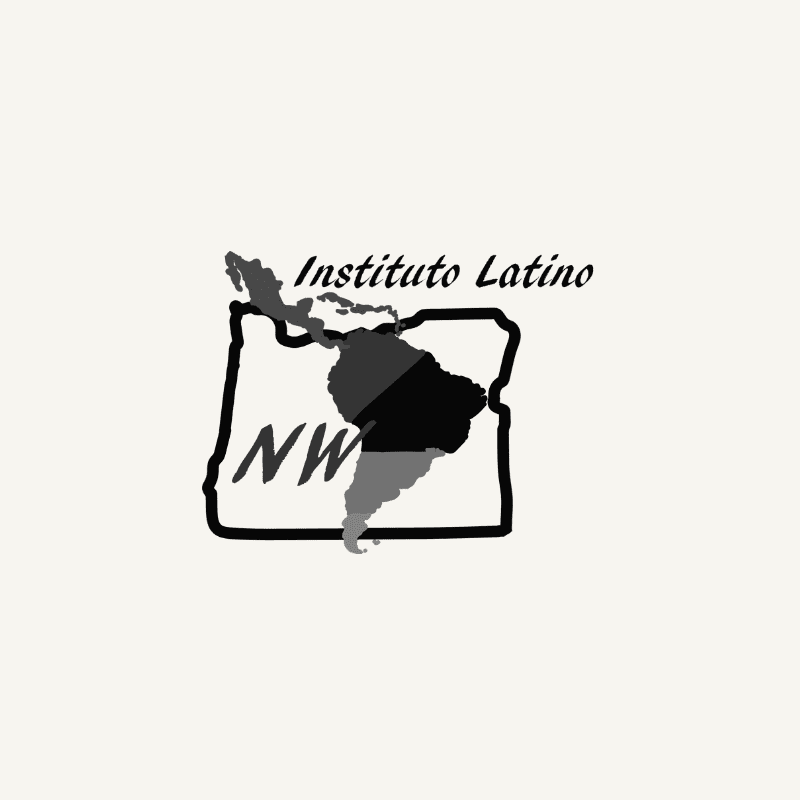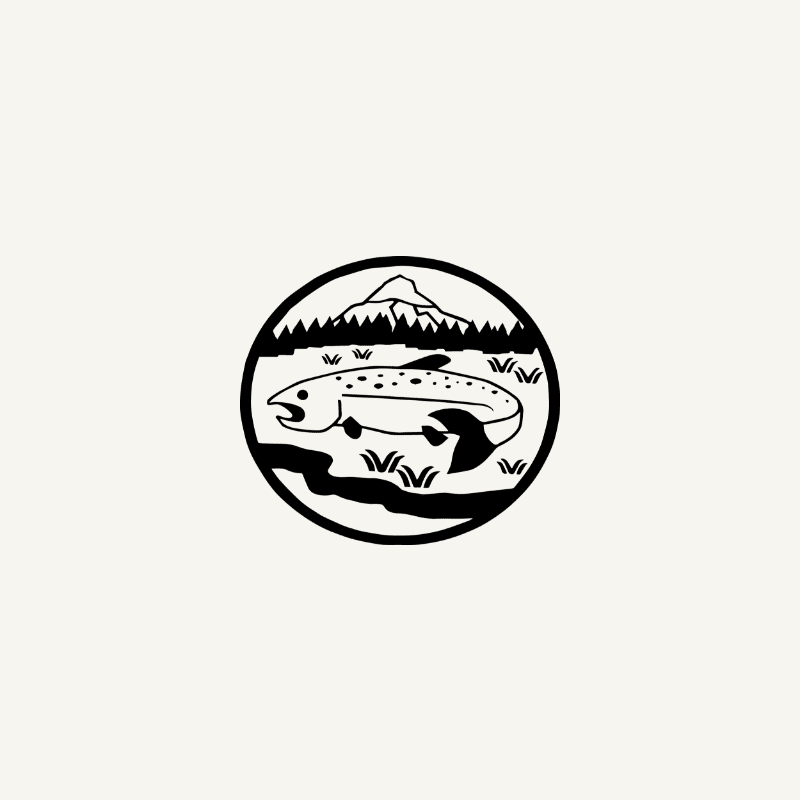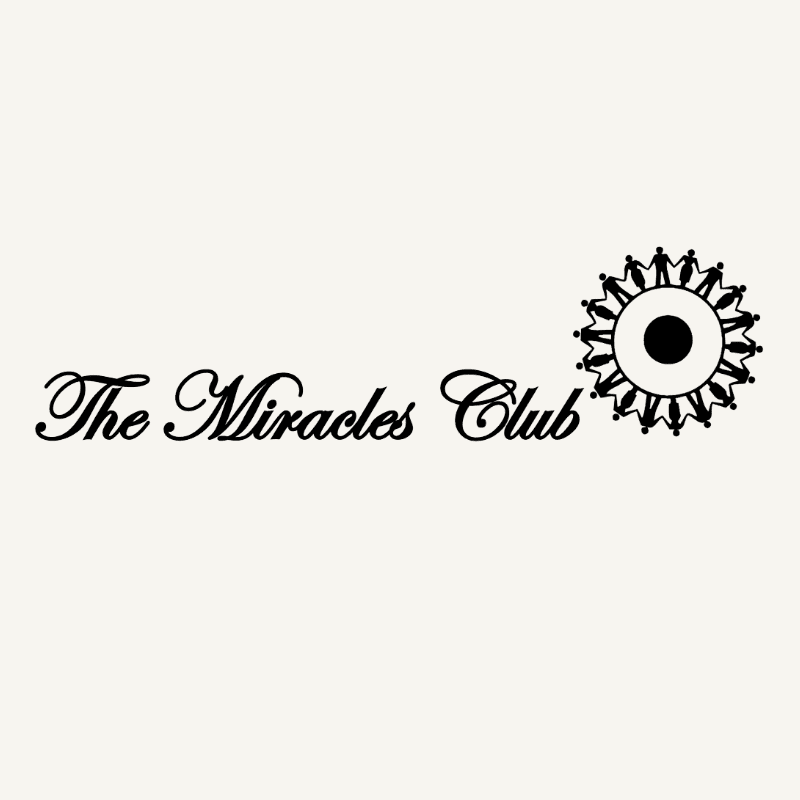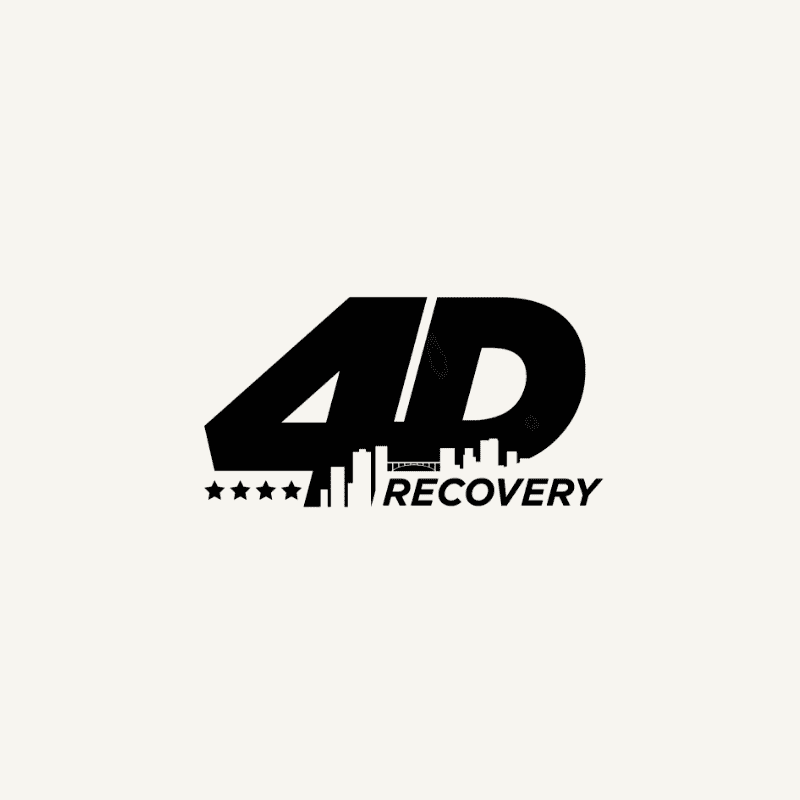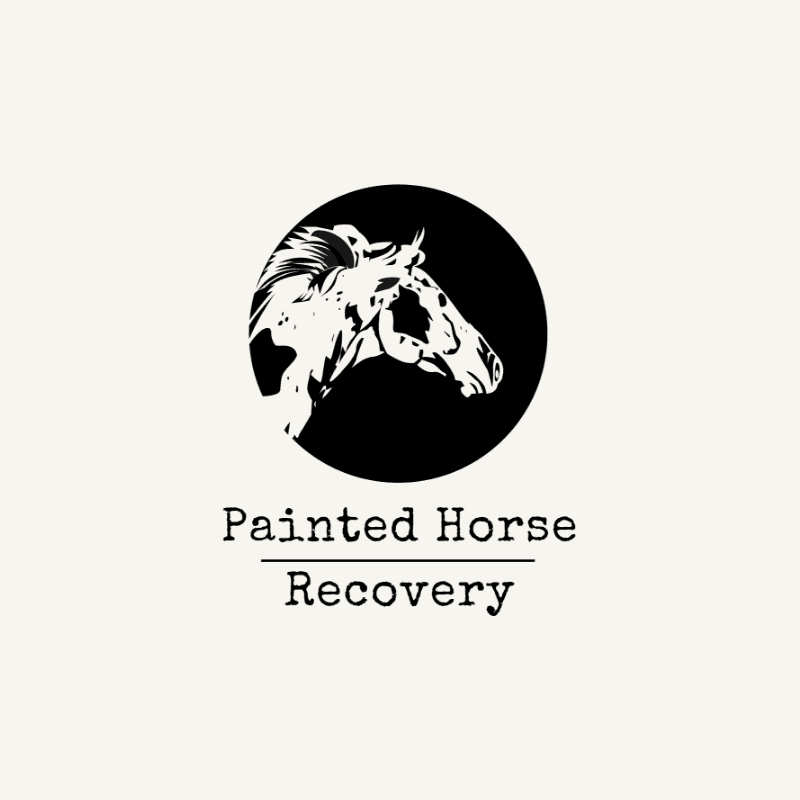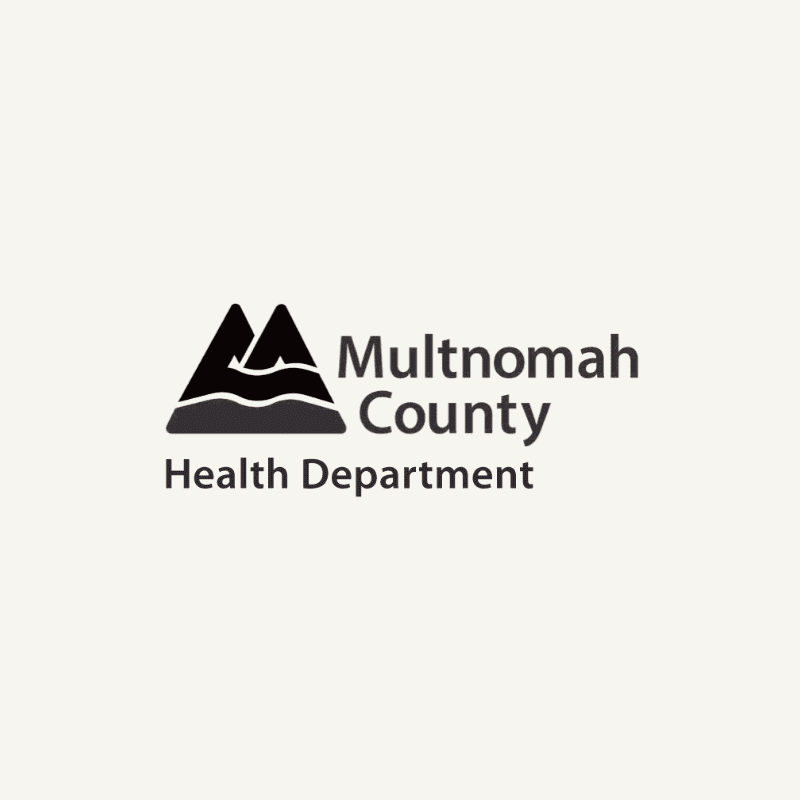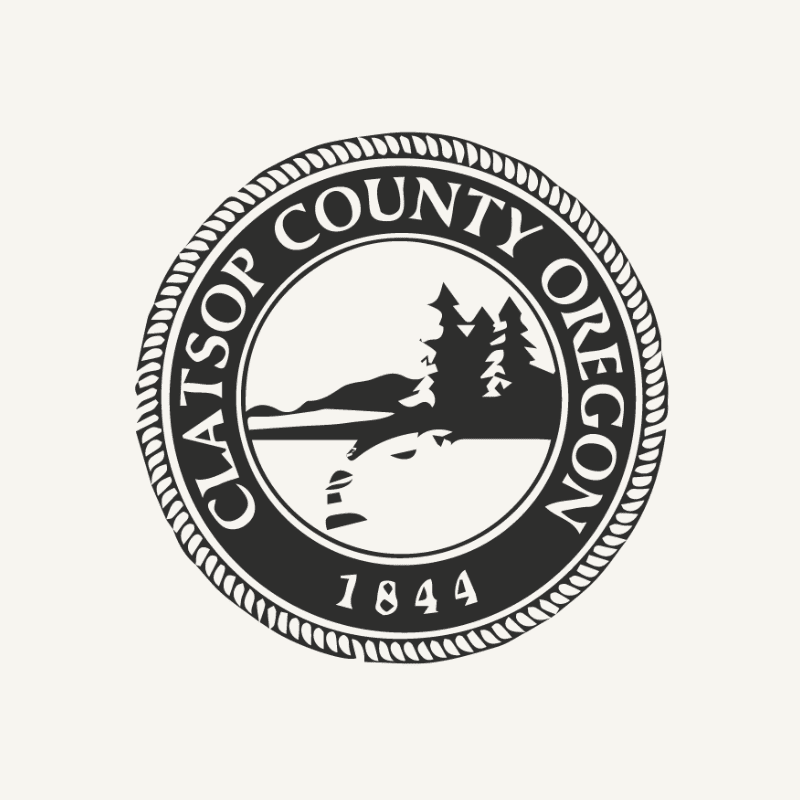Frequently Asked Questions
About Save Lives Oregon
The Save Lives Oregon initiative is made up of organizations across Oregon and tribal communities working to reduce harm caused by drug use. We provide organizations with supplies, training, and resources to support their life-saving work.
One of our key undertakings is the Harm Reduction Clearinghouse, which operates under the umbrella of the Save Lives Oregon initiative. Through this project, we offer no-cost supplies, including naloxone and other life-saving resources, to qualifying organizations that directly serve individuals who use drugs.
Save Lives Oregon is an initiative spearheaded by the Oregon Health Authority (OHA) in collaboration with esteemed founding partners such as HIV Alliance, Max’s Mission, Outside In, NW Instituto Latino, Confederated Tribes of Siletz Indians Community Health, Miracles Club, 4D Recovery, Painted Horse Recovery, Multnomah County Public Health, and Clatsop County Public Health. As of May 2023, over 200 organizations have joined forces with Save Lives Oregon, either as partners or by accessing harm reduction supplies through the initiative’s Harm Reduction Clearinghouse project.
Save Lives Oregon began in 2020, when the COVID-19 pandemic heightened the overdose crisis and left many families, neighborhoods and communities struggling. In response, we launched a resource hub to provide more life-saving supplies such as naloxone to organizations and tribal communities on the front lines of harm reduction. As of May 2023, more than 200 organizations have joined Save Lives Oregon.
Our funding comes from federal and state sources.
About harm reduction
Harm reduction is an approach or practice that has been found effective in reducing negative outcomes of drug use, including overdose deaths and infections such as HIV and hepatitis C. Harm reduction approaches are also humane, client-centered and respectful of the agency of people to decide what is best for them right now, where they are today. In practice, harm reduction provides people who use drugs with supplies and information proven to help reduce the harmful impacts of their drug use. It’s both effective and compassionate, taking into account the complexities of drug use and the humanity of each drug user.
As opposed to punitive approaches that create more trauma and are less effective at saving lives, harm reduction is all about connecting each person with the tools they need to find their own path toward health and healing. Harm reduction services can also be a person’s first interaction with organizations that provide recovery support and health care services, helping connect people who use drugs with additional services when they are ready.
Harm reduction is not the only solution but it is a critical element in supporting hope, healing and health. Drug use prevention, recovery support and medical care, as well as reforms to public policies and social changes toward justice and equity, all play an important part.
Harm reduction leads to safer communities by helping people who use drugs do so in a way that is less dangerous to themselves and those around them.
For example, providing people who use drugs with naloxone gives them the tools to reverse an overdose and save a life. The life saved may be a friend, a family member, a loved one, an acquaintance or their own. Providing collection boxes for disposing syringes safely keeps syringes out of the garbage and off the ground, reducing potential injury hazards for others. Connecting people who use drugs with harm reduction services can lead them to access other services, too, increasing use of essential services such as medical care and recovery support.
Taken together, these strategies have profound impacts for people who use drugs and their families, neighbors and communities. Harm reduction programs are proven to reduce HIV and HCV infection rates by 50 percent. And people who use syringe service programs are three times more likely to stop using drugs than people who do not use these programs.
Harm reduction programs are available through Oregon, tribal communities and around the world. We’ve seen support for harm reduction strategies grow as more communities accept that drug use is complex, influenced by systemic racism, inequitable health care, social isolation, trauma and many other factors.
There are many places in Oregon where people who use drugs can access naloxone, syringe service programs and other harm reduction offerings at no cost. And in 2020, Oregon voters passed Measure 110, decriminalizing the personal possession of small amounts of illicit drugs, reducing the penalties for possessing larger amounts, and funding a range of services for people who use drugs, including harm reduction programs.
Training is not required to provide harm reduction supplies from the Save Lives Oregon Clearinghouse to your community. But we encourage you to tap into the resources and expertise available from leaders who have been doing this work with people who use drugs for decades. Please reach out to us if you would like to learn more about the support and training available to your organization.
About the support and resources available to partners
Reach out to us! We work with organizations and tribal communities to develop harm reduction programs that are both achievable and impactful based on your unique situation and needs. We’re here to support you, whether you’re in rural Oregon, a tribal community or an urban community.
Some people may be unfamiliar with harm reduction, so it’s important that your organization’s leadership is on board before you begin offering harm reduction supplies. We’re here to help you make the case. Our technical assistance team can offer you resources and customized support to demonstrate the benefits of harm reduction and work toward adding harm reduction to your activities or offerings. Please reach out to start the conversation.
We offer basic training materials and videos on topics such as “Naloxone use training for clients” and customized training and support on agency-specific topics through our technical assistance program. This is available to all partners, whether or not you qualify for the Save Lives Oregon Clearinghouse.
If you qualify for the Clearinghouse, we also provide materials and training on how to make supplies available to people who use drugs served by your organization.
About the Harm Reduction Clearinghouse
The Harm Reduction Clearinghouse provides harm reduction supplies at no cost to organizations that qualify, as funding allows. Although the Harm Reduction Clearinghouse is not designed to serve as the primary source of harm reduction supplies in Oregon and tribal communities, organizations that qualify can tap into the Clearinghouse to supplement their harm reduction programs.
The Harm Reduction Clearinghouse offers a range of life-saving supplies at no cost to qualifying organizations. If your organization is approved to order supplies through the Clearinghouse, you will be able to access a list of currently available supplies on the ordering website.
Supplies may include:
- Overdose prevention supplies such as naloxone
- Wound care supplies
- Safer use supplies for people who use drugs
- Personal sharps containers
To qualify for no-cost supplies through the Harm Reduction Clearinghouse, your organization must serve people who use drugs and fall into one of the following categories:
- Community-based organizations with 501(c)(3) status or 501(c)(3) fiscal sponsorship
- Harm reduction and syringe service programs within community health clinics, federally qualified health centers or local public health authorities
- Jails providing release packets that include naloxone and/or other harm reduction supplies to people who may be at risk of overdose when they are released
- Uniformed first responder agencies implementing ‘Leave Behind’ naloxone distribution programs
- Tribal community and health care programs that serve people who use drugs
- Withdrawal management or residential substance use disorder treatment programs for clients that leave AMA or are turned away
Organizations that receive supplies from the Harm Reduction Clearinghouse will need to file reports with Save Lives Oregon. Also, if you are distributing syringes, you will need to provide us with a syringe disposal plan.
If your application to the Harm Reduction Clearinghouse is denied, please reach out to us at: info@savelivesoregon.org. We will review your qualifications and explore if we can help get your organization approved.
If you are not eligible, any organization that serves people who use drugs can become a partner. Save Lives Oregon can support you in growing your harm reduction program through access to technical assistance from our team and the Save Lives Oregon communications toolkit
If you believe your application to the Harm Reduction Clearinghouse was denied in error, please reach out to us at info@savelivesoregon.org.
